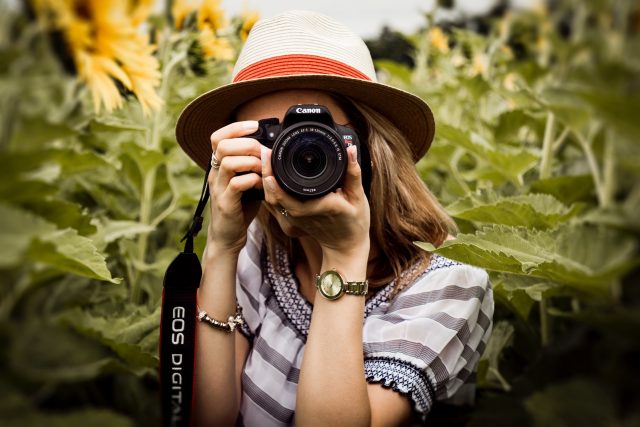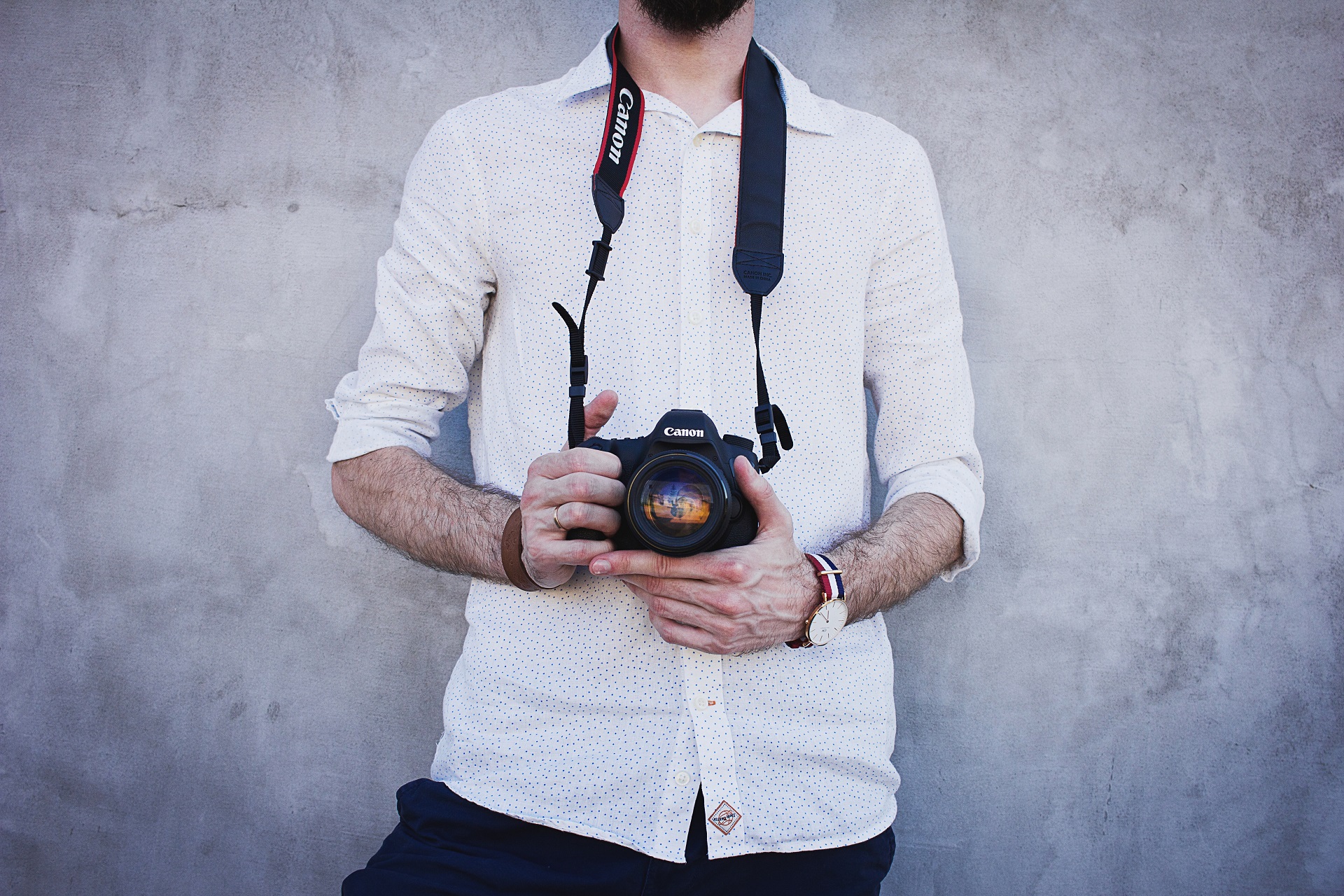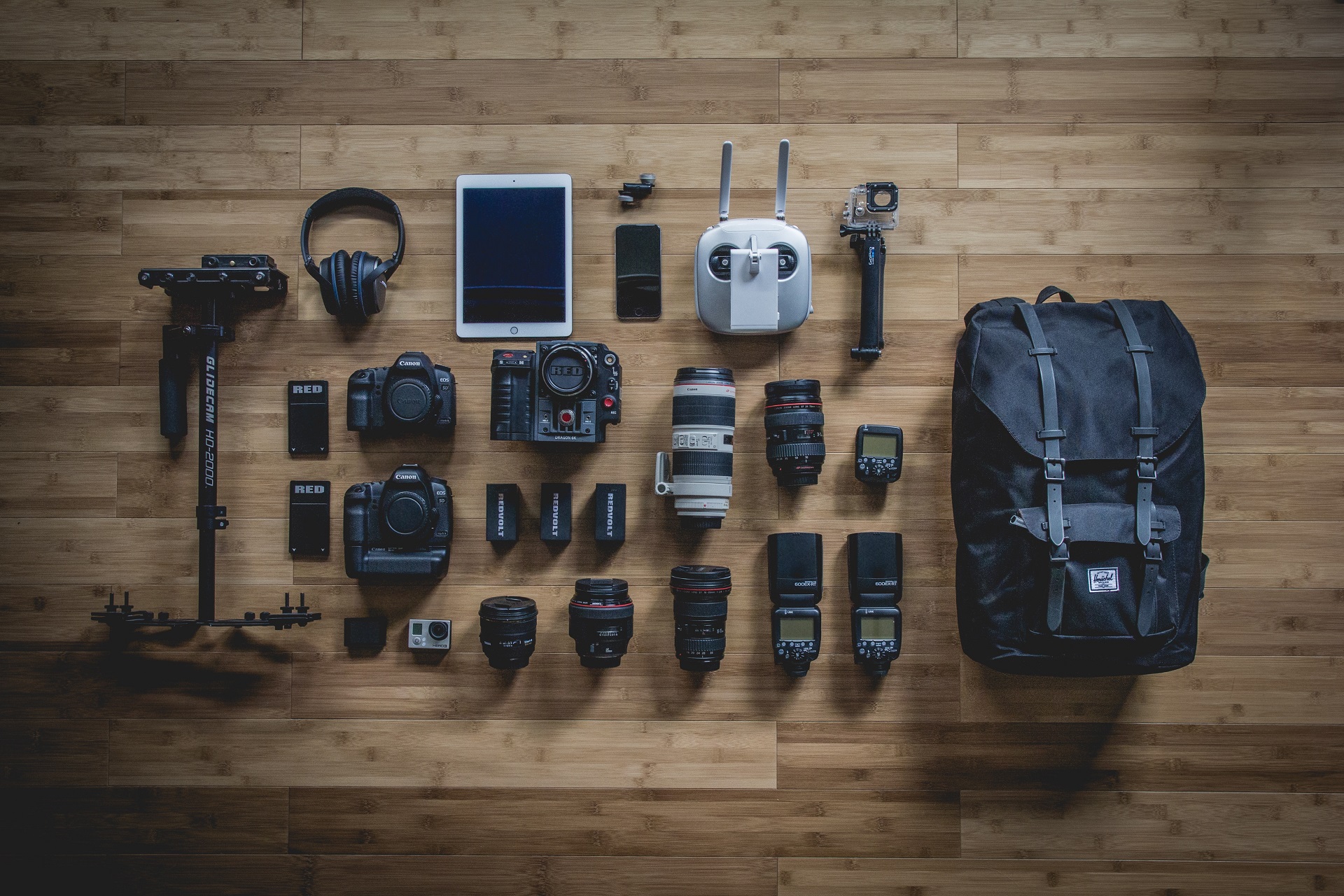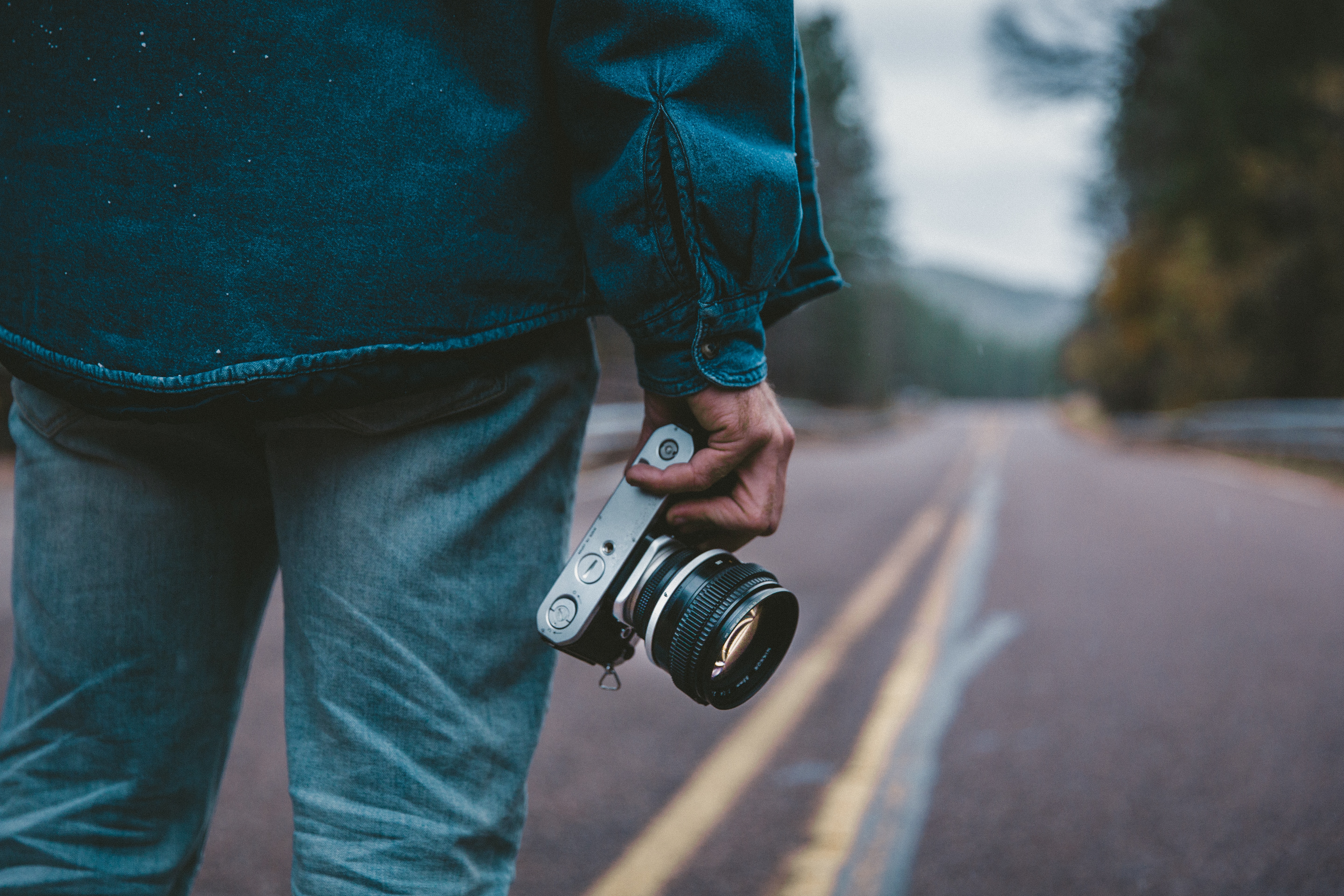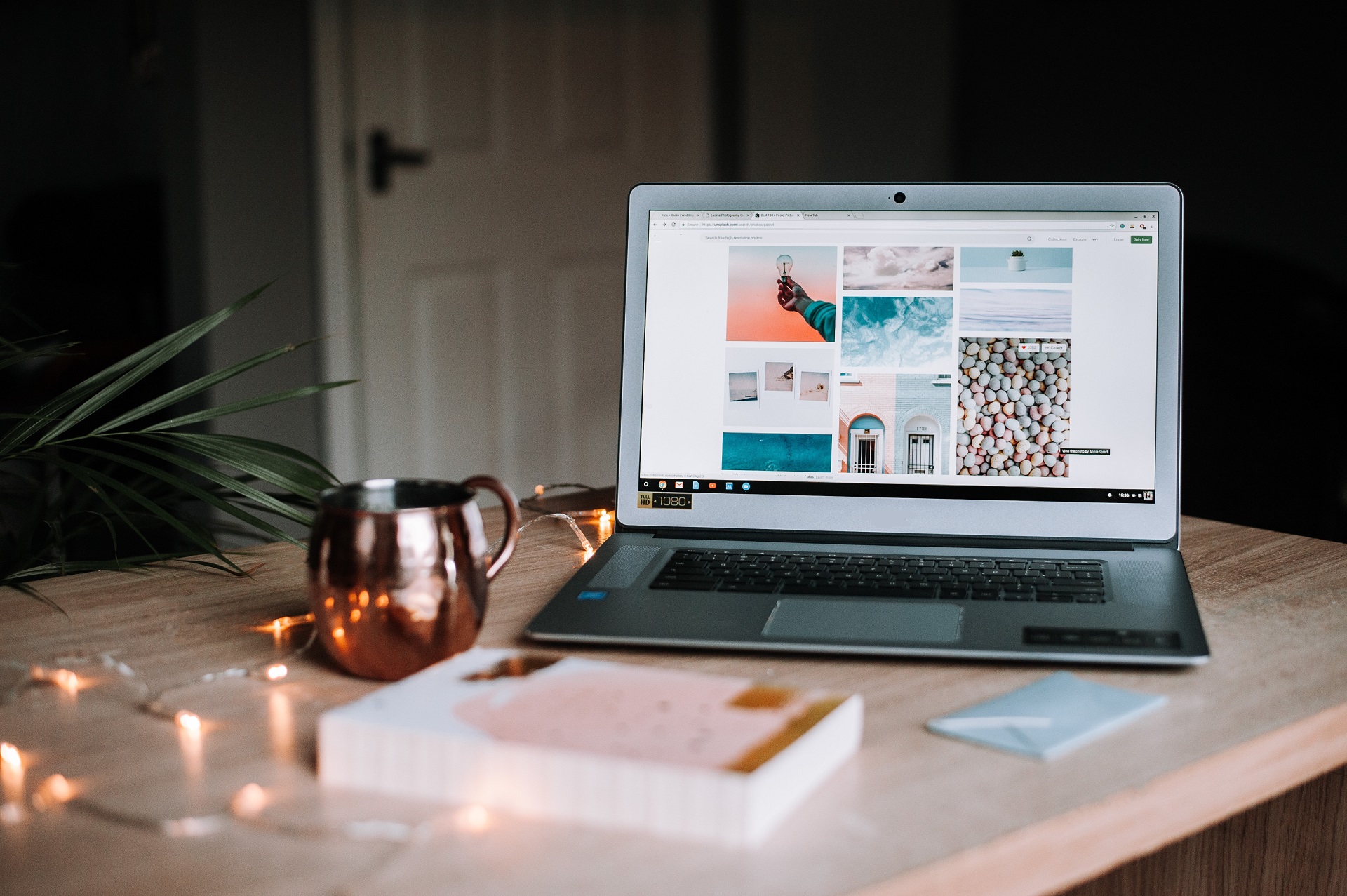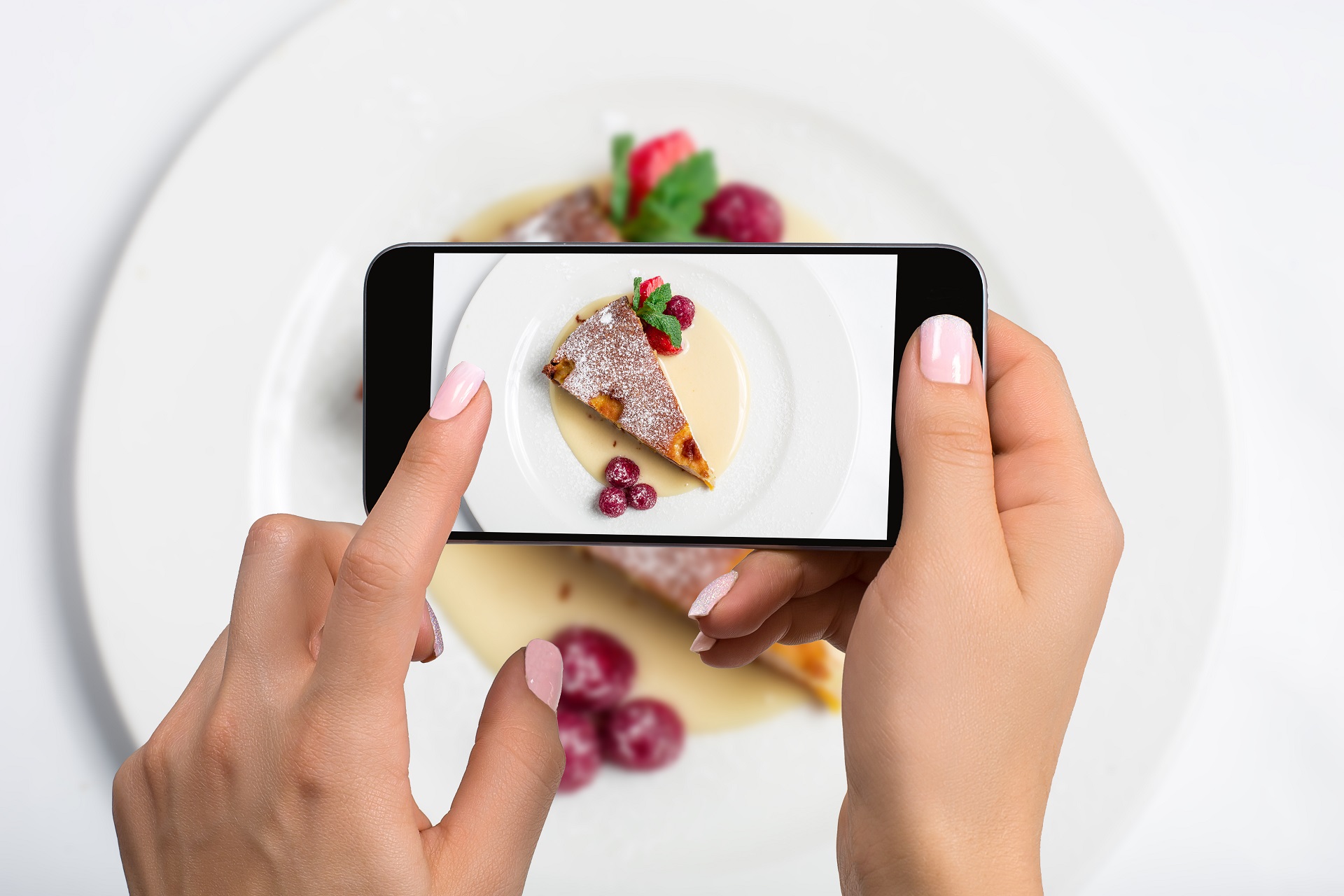Food photography is all the rage in an Instagram world. But how do you turn it into a lucrative profession?
In a world teeming with foodies and Instagrammers, food photography is quite the rage. Haven’t we all seen it happening at restaurants – people clicking the food before they tuck into it? We’ve done it too, right? Attempted o capture that creamy panna cotta with a blueberry topping, or that buttery croissant, or that juicy steak encircled by a bevy of colorful veggies and plump potato wedges. We’ve whipped out our smartphones, clicked, and posted it on Twitter, Facebook, Instagram, and what have you!
But what if food is a passion for you? What if you want to make a career out of food photography? Well, it’s a great way to combine two passions – food and photography – and make a lucrative business out of it as well. In a world where almost everyone you meet claims to be a self-professed foodie, the market for food-related businesses is opening up exponentially.
As a food photographer, your options are endless – from food and lifestyle magazines to restaurant s and hotels to bakeries and sweet shops to ice-cream brands and home bakers… there’s a huge market you can tap into.
So, how do you go about becoming a food photographer? Clicking pics on your smartphone is not enough! Flavi J, a published food photographer says, “Working as a food photographer involves more than just taking Instagram shots of lovely things you’ve eaten to impress your friends. A food photographer job features a lot of ‘alone time’ sourcing freelance opportunities beyond stock agency work, getting regular work with publishing houses, and physically battling with culinary blow torches. But the rewards are worth it!”
Know your camera: That goes without saying. You need to be a pro at taking pics. You would need to do a course because that gives you more heft with prospective clients, unless you are a photography genius who can shoot amazing pics without any training. If you can’t afford a course, search the internet for tutorials and free blog resources. Flavi says, “The obvious part is that which can be trained, with practice and time: an eye for composition, contrasts and lighting. You must always know how to make the most out of your “actors” (that’s what I call the food that gets photographed).”
Know your food: Yes, you’re passionate about food. But how much do you know about your subject? It makes sense to learn about food; and this will be a constant learning process. When your clients see that you are knowledgeable on the subject, they will be more inclined to hire you.
Learn the art of styling, lighting and composition: This is so important where food photography is concerned. There’s so much more to food photography than meets the eye. It’s all about attention to detail, to composing a perfect shot, and styling it accordingly. It’s not just about clicking a pretty dish and posting it on Instagram. And lighting plays such a crucial role in any photography; get the lighting wrong and your photo is a flop. Get the perfect lighting and your pic can look like a work of art!
Be prepared to struggle: There are enough and more professional agencies and freelance photographers in the market. So, initially, it’s not going to be easy to break in. Let’s say you decide to shoot for a site selling stock images. That’s one way to start, but the money you earn won’t be anything to write home about. But if you persevere, and create a niche for yourself, then success is well on its way for you.
Practice and build up a portfolio: Before you go looking for jobs, have an impressive portfolio which you can showcase on your website. If you do a professional course in food photography, you would have built up a portfolio, but if you have decided to embark on a career without professional training, then that portfolio becomes even more important. Otherwise, how will you get business? And, no, smartphone images posted on your Instagram account are not enough. Use a professional camera, photograph dishes at home or in restaurants with props to enhance the frame and use professional lighting. Take out your camera whenever there is food around and experiment with props, settings and light.
Keep learning: Yes, I’ve said this before, but it can’t be stressed enough. Trends change, tastes change, and food photography is a constantly evolving art. “Even veteran photographers are constantly learning and improving their photography, so don’t get discouraged if you’ve just started out and your photos aren’t up to your standards,” says food photographer Nisha of Rainbow Plant Life. “One of the most rewarding things about being a photographer is looking at your past work and realizing how much you’ve learned, grown, and evolved.”
The road ahead for a professional food photographer can be tough. But it is a rewarding profession if you’re passionate about it. I’ll conclude with words of advice from professional food photographer Stuart Ovenden, “Keep practicing, never repeat yourself and try and carve out your own unique photographic style.”































